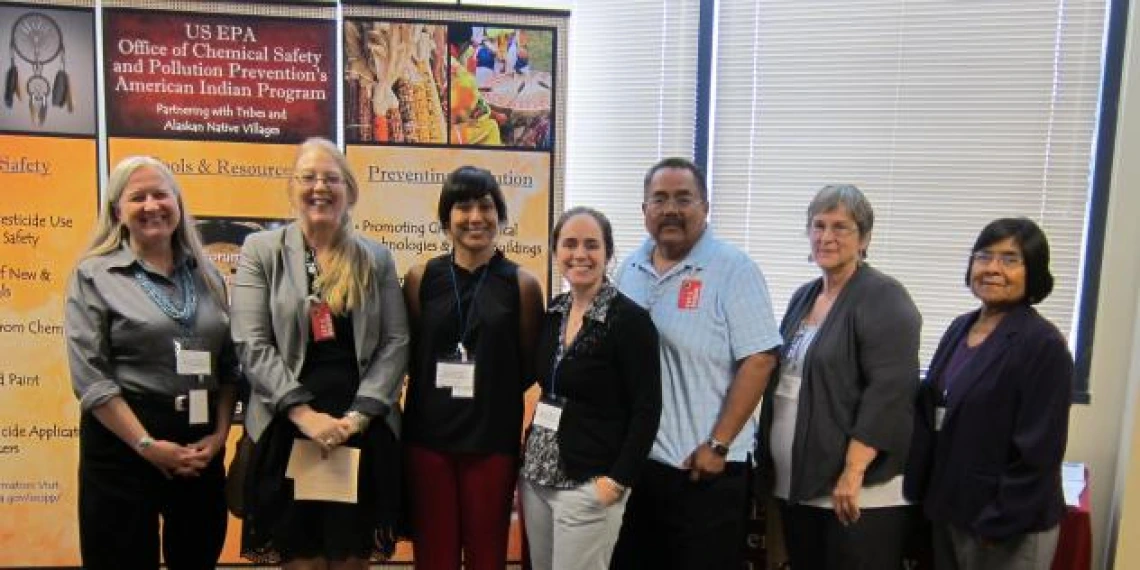UA SRP Attends “Building EPA and Tribal Partnerships” Workshop

 University of Arizona Superfund Research Program (UA SRP) Community Outreach Coordinator, Denise Moreno Ramírez, and Research Translation Coordinator, Sarah Wilkinson, attended the “Building EPA, TCU and Tribal Partnerships” workshop in Albuquerque, NM in June, 2011. The purpose of the workshop was to explore opportunities to build partnerships between Tribal Colleges and Universities (TCUs), Tribal governments, the EPA, and other academic institutions, to effectively protect human health and the environment in Indian Country.
University of Arizona Superfund Research Program (UA SRP) Community Outreach Coordinator, Denise Moreno Ramírez, and Research Translation Coordinator, Sarah Wilkinson, attended the “Building EPA, TCU and Tribal Partnerships” workshop in Albuquerque, NM in June, 2011. The purpose of the workshop was to explore opportunities to build partnerships between Tribal Colleges and Universities (TCUs), Tribal governments, the EPA, and other academic institutions, to effectively protect human health and the environment in Indian Country.
Environmental issues encountered by Tribes, and related programs and training available through EPA, included pesticides and toxics, clean-up and emergency management, integrated pest management, pollution prevention, green technology, and risk analysis.
Sessions by various EPA personnel included available data and tools for data management, and various funding mechanisms. Tribal environmental managers provided perspectives on initiating, developing, and navigating successful partnerships with TCUs, and TCU and EPA personnel described existing opportunities/needs for building new partnerships. Representatives from several TCUs showcased environmental educational programs at their schools, highlighting strengths, as well as gaps that could benefit from collaborations. The importance of involving Tribal communities and TCUs in the process of project and curriculum development, in order to ensure cultural sensitivity and relevance, was stressed by all participants.
Of particular interest to the UA SRP was a project involving uranium-contaminated mine tailings on Navajo lands, and the efforts to educate and involve Tribal students and community members in the remediation process. The UA SRP is interested to learn how we can provide additional expertise on issues of mine tailings and other contaminants, such as arsenic and dust. Ms. Moreno Ramírez and Dr. Wilkinson enjoyed learning about successful partnerships, and made many contacts at the EPA and TCUs, which could lead to future collaborations.

